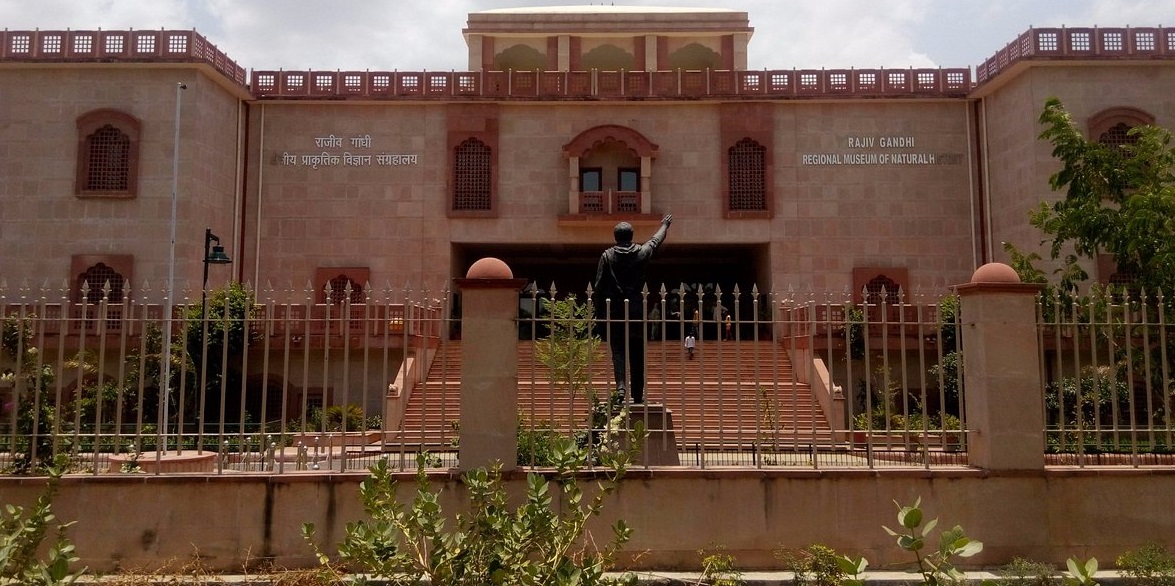Nestled amidst the rugged terrain of Ranthambore National Park, the Rajiv Gandhi Museum stands as a testament to the rich history and biodiversity of the region. This captivating museum offers visitors a unique opportunity to delve into the legacy of one of India’s most iconic leaders, Rajiv Gandhi, while also exploring the fascinating flora and fauna of the surrounding national park.
A Glimpse into Rajiv Gandhi’s Life:
The museum provides a captivating journey into the life and times of Rajiv Gandhi, the former Prime Minister of India. Through carefully curated exhibits, visitors gain insight into his visionary leadership, political contributions, and personal life. Photographs, artifacts, and audiovisual displays create a vivid narrative, allowing guests to connect with the man behind the political figure.
Political Journey:
Rajiv Gandhi’s political journey is chronicled in the museum, highlighting key milestones such as his entry into politics, leadership during challenging times, and efforts towards modernizing India. Visitors can explore the exhibits, gaining a deeper understanding of the political landscape during his tenure and the impact of his policies on the nation.
Personal Memorabilia:
A highlight of the museum is the display of personal memorabilia belonging to Rajiv Gandhi. From his signature kurta to the pens he used for significant decisions, these artifacts offer an intimate glimpse into his daily life. Such personal touches make the museum experience more than a historical journey, providing a human perspective on a political figure.
Wildlife Wonders:
Beyond its political significance, the Rajiv Gandhi Museum is uniquely situated at the edge of the Ranthambore National Park, adding an extra layer of intrigue. The museum seamlessly blends history with the natural beauty of its surroundings, offering visitors the chance to explore the diverse flora and fauna that make Ranthambore a renowned wildlife sanctuary.
Biodiversity Exhibits:
The museum showcases the rich biodiversity of Ranthambore through interactive exhibits and displays. Visitors can learn about the various species of flora and fauna that call the national park home, including the elusive Bengal tiger, leopards, and a myriad of bird species. Conservation efforts and success stories are also highlighted, emphasizing the importance of preserving this unique ecosystem.
Educational Programs:
The Rajiv Gandhi Museum is not just a static collection of exhibits; it is a hub for educational programs and initiatives. The museum regularly hosts workshops, lectures, and interactive sessions, engaging visitors of all ages. These programs aim to raise awareness about wildlife conservation, environmental sustainability, and the political legacy of Rajiv Gandhi.
Conclusion:
In conclusion, the Rajiv Gandhi Museum in Ranthambore offers a multifaceted experience that seamlessly intertwines political history with the natural wonders of the national park. Visitors leave with not only a deeper understanding of India’s political landscape during the late 20th century but also a profound appreciation for the importance of preserving our natural heritage. The museum stands as a tribute to a visionary leader and a celebration of the vibrant tapestry of life that surrounds it.
